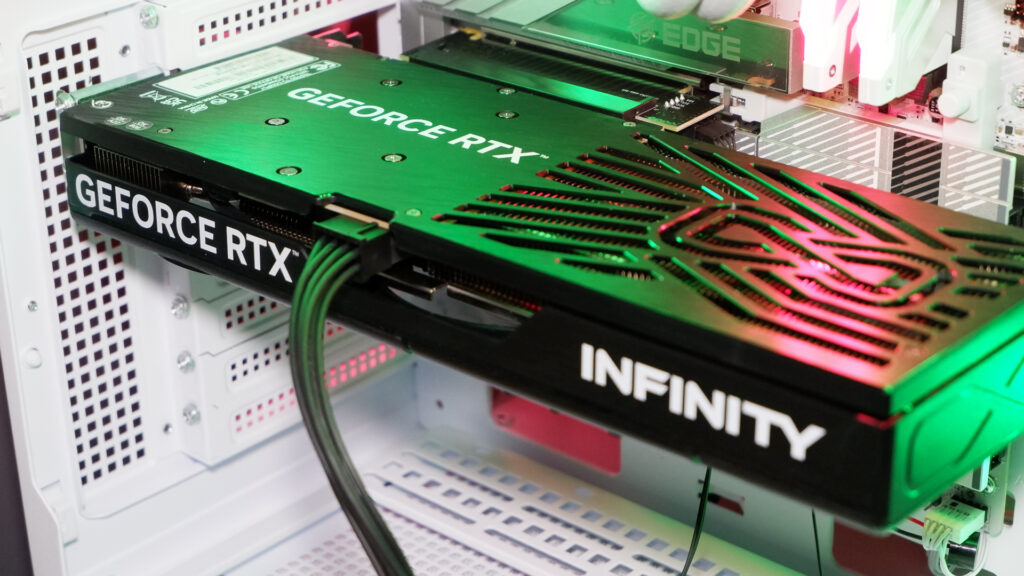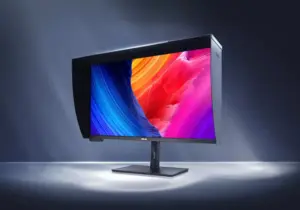
In a development that underscores the evolving preferences of PC gamers, sales of the 16 GB RTX 5060 Ti graphics card at German retailer Mindfactory have outpaced those of the 8 GB version by a staggering factor of 16. This trend highlights a growing demand for higher VRAM capacity, even at a premium price of an additional €70 ($82).
The launch of Nvidia’s GeForce RTX 5060 Ti in April marked a strategic decision to stagger the release of its 16 GB and 8 GB variants. Notably, Nvidia did not provide review samples for the 8 GB model, focusing instead on the 16 GB version distributed by partners like MSI and Palit. Despite the €50 difference in MSRP—$379 for the 8 GB and $429 for the 16 GB—the latter is only 13% more expensive, yet it appears to be the preferred choice among consumers.
Context and Industry Reactions
The announcement comes amid ongoing discussions about the adequacy of 8 GB graphics cards in today’s gaming landscape. AMD, Nvidia’s chief competitor, has also been navigating similar waters with its Radeon RX 9060 XT series. According to AMD, there remains a global demand for 8 GB models, though this sentiment is not reflected in Mindfactory’s sales data.
Mindfactory’s figures suggest a clear preference for more VRAM among its customers, a trend that may not be isolated to Germany. While US retailer Newegg does not disclose detailed sales data, the price difference between the two RTX 5060 Ti models is similar, hinting at comparable consumer behavior.
The Historical Perspective
Historically, graphics cards with 8 GB of VRAM were considered high-end. The AMD Radeon R9 390 and Nvidia GeForce GTX 1080, released in 2015 and 2016 respectively, were among the first to feature this capacity. However, what was once cutting-edge is now viewed as insufficient by many gamers, particularly those investing in mid-range to high-end systems.
“Majority of gamers are still playing at 1080p,” AMD’s chief recently stated, arguing that 8 GB GPUs still have a place in the market.
This perspective, however, does not align with the purchasing patterns observed at Mindfactory, where the appetite for more VRAM is evident.
Market Implications and Future Trends
The move represents a potential shift in the market, where consumer demand could drive manufacturers to prioritize higher VRAM options. Despite the apparent preference for the 16 GB RTX 5060 Ti, major OEMs like Alienware, HP, and Lenovo continue to offer primarily 8 GB models in their prebuilt systems, particularly in the UK.
This discrepancy raises questions about the future of 8 GB graphics cards in Western markets. While they may remain a staple in entry-level and budget systems, the trend at Mindfactory suggests a growing segment of gamers are unwilling to compromise on performance.
“If we were talking about entry-level graphics cards, such as the GeForce RTX 5050, I’d disagree, but the RTX 5060 Ti is anything but entry-level,” a tech analyst commented, reflecting on the changing expectations of gamers.
Looking Ahead
As the gaming industry continues to evolve, the demand for more robust hardware is likely to persist. The sales data from Mindfactory could serve as an early indicator of broader market trends, prompting GPU vendors to reconsider their product strategies.
While the current landscape suggests that 8 GB cards will not disappear overnight, their prominence may diminish as gamers increasingly seek out more powerful options. This shift could eventually lead to a reevaluation of pricing and availability strategies by both Nvidia and AMD.
Meanwhile, consumers and industry insiders alike will be watching closely to see how these trends unfold and what they mean for the future of gaming hardware.






